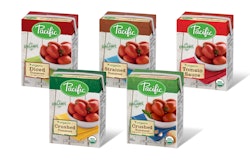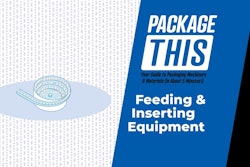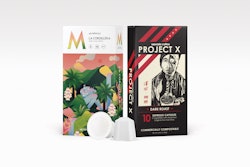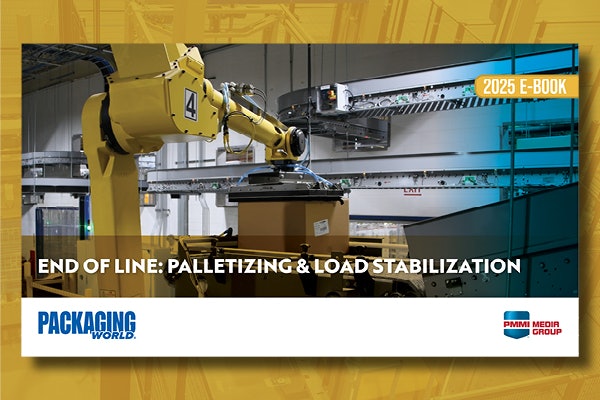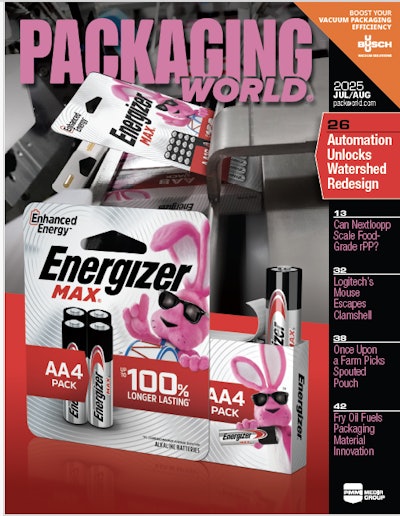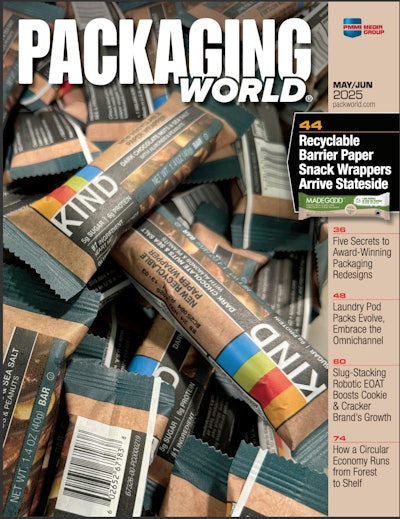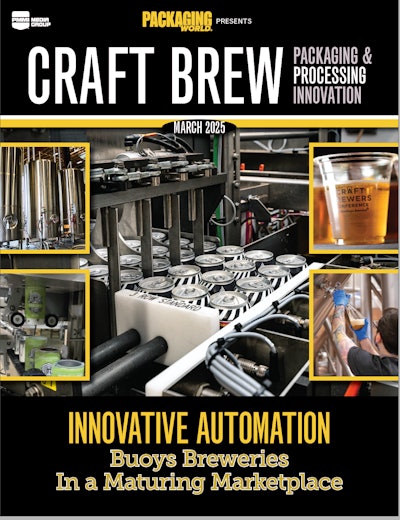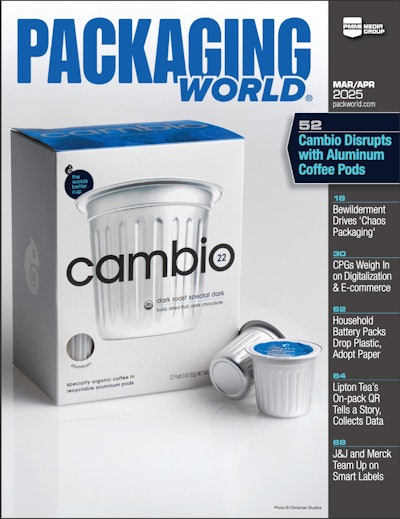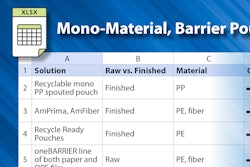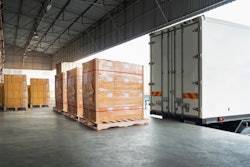
A new report from Smithers Pira, “The Future of Global Packaging to 2020,” forecasts steady growth across the sustainable packaging industry: A market valued at $839 billion in 2015 will increase at 3.5% year-on-year and reach a total value of $997 billion in 2020. As this happens, Smithers Pira notes, sustainability will become an increasingly important factor for decision makers at all stages of packaging value chains.
Says Smithers Pira, packaging materials are extremely visible to the consumer, and there are intense and growing pressures from consumers, retailers, packaged product suppliers, governments, regulators, non-government organizations, and environmental groups for the development of environmentally-friendly or green materials, packaging designs, and end-of-life processes to improve packaging sustainability by reducing its societal and environmental impacts.
Packaging, especially plastic packaging, is receiving intense scrutiny worldwide along the entire supply chain, says the report, from raw materials to end-of-life processes, particularly recycling. Consequently, there have been significant advances in sustainability, but this has been a difficult process because of the complex interactions between packaging and the packaged products and the multiple functions performed by packaging in the supply chain. Important drivers for incorporating environmental issues in the design, manufacture, use, and end-of-life disposal of packaging and packaged products include resource cost and scarcity (materials and energy), waste management, production and disposal, greenhouse gas and water footprints, climate change, and the needs of future generations.
The trend toward sustainability is an important influence on the packaging industry, notes Smithers Pira. Consumers, manufacturers, and retailers are all demanding more sustainable systems that are formalized in corporate social responsibility goals and publicized in product marketing. Consequently, sustainability is no longer just “nice to have” but is now seen as a necessity for attracting consumers and protecting market share; i.e., it is now an expectation, not a differentiator.
Assessing sustainability
According to the report, packaging contributes toward the sustainability of a packaged product and should be designed holistically together with that product to optimize overall environmental performance and minimize product spoilage, wastage, or damage. Packaging is part of the solution in achieving a resource-efficient society. It makes an essential contribution to sustainable production and consumption by helping reduce product waste and protect resources, by being effective and safe throughout its life cycle to protect the packaged products.
There is an ongoing effort around the world to develop packaging of all kinds with improved sustainability. There has been continuing success in lightweighting packaging, particularly rigid packaging, and in replacing rigid formats with flexible packaging systems, particularly new pouch structures. However there is presently no packaging that is completely sustainable, and the various packaging materials (including plastics, paper, paperboard, metals, and glass) cannot be unequivocally classified as good or bad. All have their advantages and shortcomings depending upon the product application, and tradeoffs are necessary to arrive at an optimum compromise position.
Packaging typically constitutes less than 10% of the carbon footprint of a packaged product, reads the report, whereas the largest proportion generally comes from the production of the raw materials used to make the product itself and from its mode of consumer use. Despite this relatively small footprint, however, the packaging itself is still extremely important since, it needs to fulfill its primary functions of protecting the product throughout the supply chain, attracting consumer to purchase the product, and facilitating use and consumption.
Regulatory trends and pressures
Many packaging regulations have been promulgated worldwide, and the number is growing, says the Smithers Pira report. There are over 33 sustainability and environmental protection directives, regulations, targets, and programs in the EU alone that impact packaging. This originated from concerns over litter, recycling, and waste diversion from landfill. This is now being supplemented with a focus that appreciates the environmental benefits enabled by packaging, including prevention of product damage, deterioration, food spoilage, and waste.
Life-cycle analysis is an important method for evaluation and comparison of the environmental impact of different products. It is now being recognized that this should not be performed on the packaging alone, but that the packaging should be a component of the calculation of the environmental impact of the entire packaged product versus other alternatives. This will encompass calculations for the use of different packaging types (or no packaging) and include factors such as:
- Emissions to air and water, including carbon dioxide
- Energy consumed
- Water consumed
- Disposal methods/recovery rates
There are similar challenges with the use of carbon footprint calculations. Carbon footprint is usually defined as the total greenhouse gas emissions caused directly or indirectly by the manufacture and use of a product, including its packaging. It is likewise only meaningful if the packaging is included as part of a total system, and the calculation takes account of savings in breakage, waste, and spoilage.
The attention placed recently on the environmental impact of packaging and reduction in materials being landfilled has inevitably emphasized recycling and recovery because of the visibility of packaging in industrial and consumer waste.
Says Smithers Pira, packaging waste in Europe is governed by the Packaging Waste Directive 94/62/EC as amended by Directive 2004/12/EC. This mandates recycling targets and allowable contents of hazardous materials such as heavy metal ions. It covers all packaging placed on the EU market and all packaging waste, wherever it is used or generated, regardless of the material used.
The directive also defines target figures for recycling for EU member states to be in compliance with the objectives of the directive. For the U.K., this was 49% in 2016. This will increase by two percentage points each year until 2020. Historically there has been difficulty with these targets due to uncertainty about the true volumes of waste on the market—but as recycling targets rise, it will create an impetus for new material recovery technologies, especially for plastics.
In 2017, the study reports, there is no equivalent regulation for extended producer responsibility in the U.S., although some states have regulations on packaging. Regulation in the U.S. is primarily under the Resource Conservation and Recovery Act. This was enacted primarily to ensure safe handling and management of hazardous waste but also includes obligations “to protect citizens from the hazards of waste disposal; conserve energy and natural resources by recycling and recovery; reduce or eliminate waste,” and it permits the use of voluntary recycling symbols.
The federal Food and Drug Administration (FDA) regulates the use of recycled materials in food packaging, and other potentially disruptive developments like nanomaterials.
Government regulations will continue to play a significant part in the development of increased sustainability for packaging to 2026. In the EU, this will include increases in target recycling figures year-by-year under the Producer Responsibility Regulations and eventually the Circular Economy Package that is now being promulgated.





